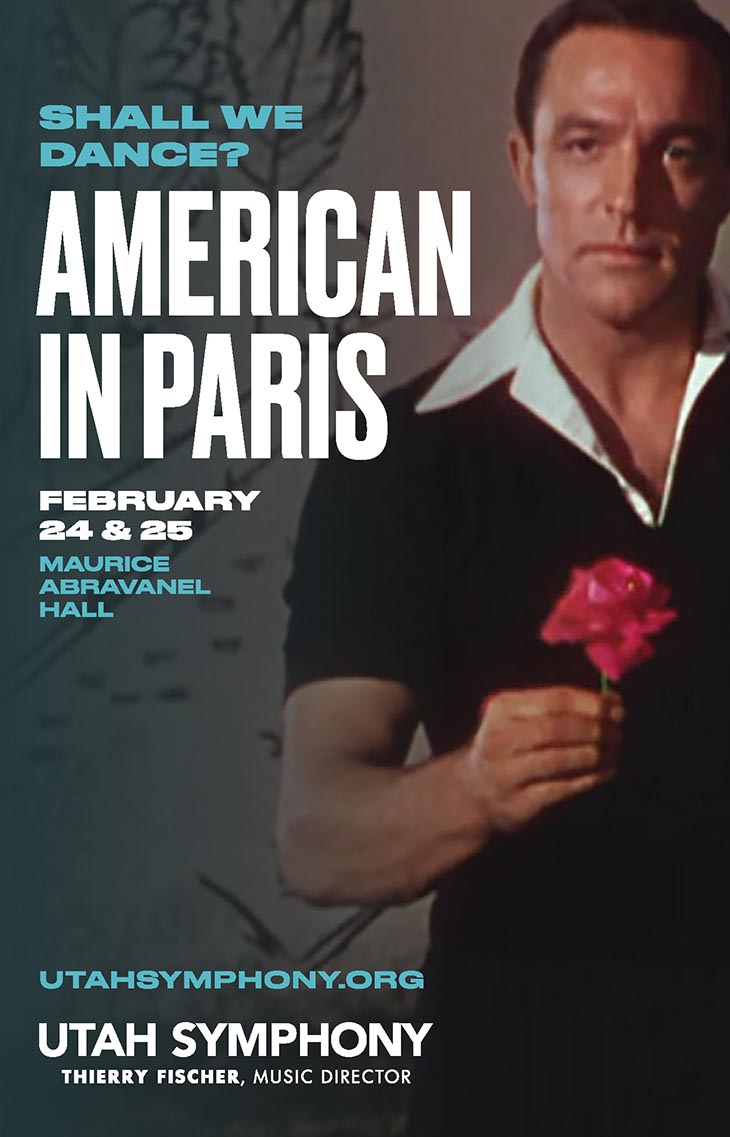Utah Symphony
History of the Music
History of the Music

By Jeff Counts
Messiah
Duration: 120 minutes in three parts.
THE HISTORY – The commission opportunity that stalled the (presumed) flight back to the continent was nothing less than Messiah. Done for good with opera and the fickle tastes that governed its relevance, Handel found in Messiah a return to a more weatherproof genre (in England at least)—that of the oratorio. He completed the score during a 24 day fury in the late summer of 1741 and by the reactions of the Irish press during the rehearsals and 1742 Dublin premiere, it was clear that the quickness of its creation did not speak to a lack of assured quality or effectiveness. “The finest composition of music that ever was heard,” went one comment and another claimed, “Words are wanting to describe the exquisite delight it afforded the admiring and crowded audience.”
As much as the piece meant to Handel’s career at the time, he couldn’t know it was destined for the truly rarified air of “official annual tradition” throughout the English-speaking world in the centuries to come. The practice of standing for the Hallelujah Chorus comes from a convenient, if completely speculative, legend. No one really knows for sure whether or not King George II stood for it in 1743, making it necessary for all of his subjects to do the same and inadvertently setting a precedent.
THE WORLD – Elsewhere in 1742, Swedish scientist Anders Celsius created the first version of his temperature scale, Benjamin Franklin invented what was to become the “Franklin Stove,” and Russian Czarina Elizabeth cruelly ordered the expulsion of the Jews from her kingdom.
THE CONNECTION – Messiah is performed every season by the Utah Symphony as part of the traditional “sing-in.”
